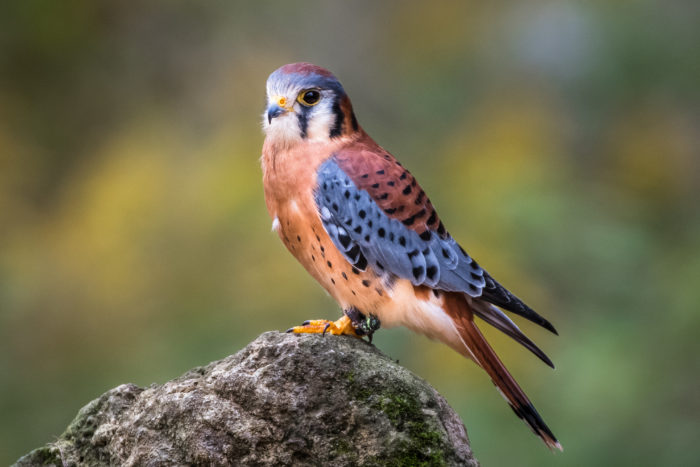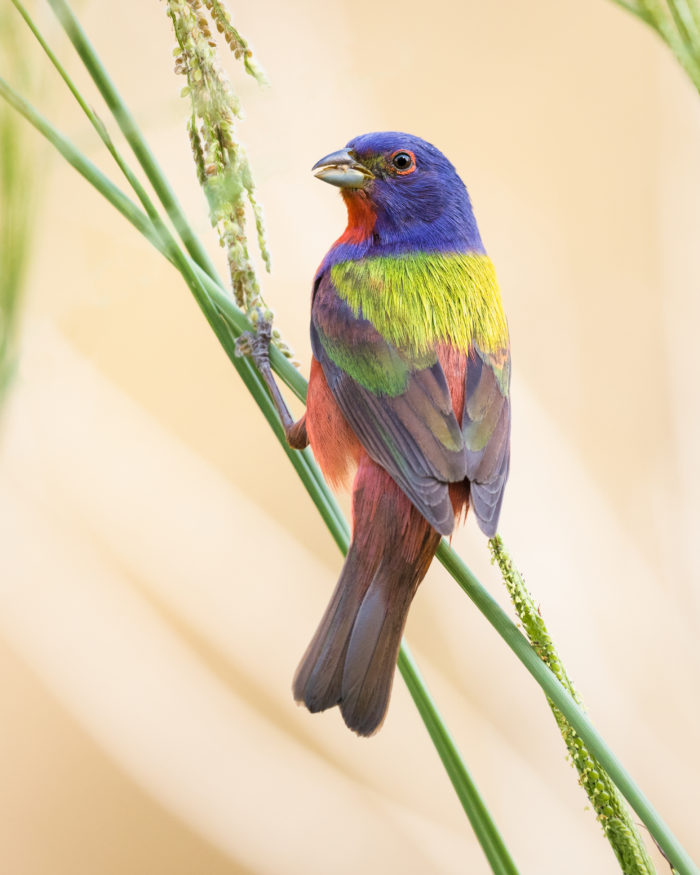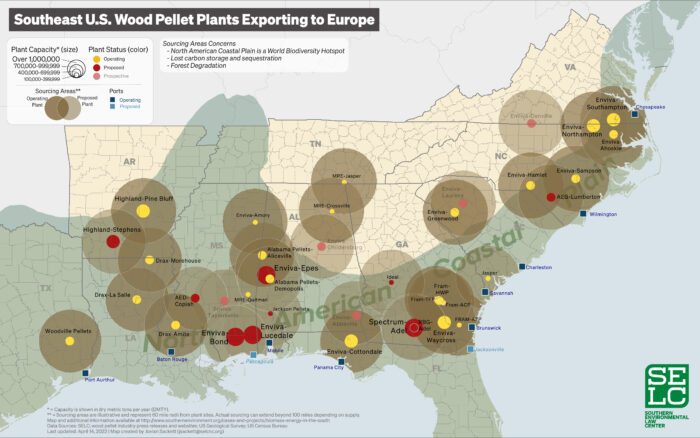Why birders are against biomass and how to take action
The rapidly-expanding wood pellet export industry in the southeastern United States is contributing to steep declines in the area’s bird populations by degrading their native forests.
“In a word, these species and the forests they call home are irreplaceable,” says SELC Senior Advisor and Attorney Derb Carter. “Birders are against biomass because the industry does more damage than good for wildlife and the environment.”
Here are a few of the facts.
Stop biomass and help save these species.
Flawed European climate policies consider biomass, or wood pellet energy, to be carbon neutral even though burning pellets puts more carbon into the atmosphere than burning coal and contributes to significant loss of native forests.
Historic forest loss has resulted in the likely extinction of two Southeastern bird species: the storied ivory-billed woodpecker—sometimes called the Lord God bird for the exclamation folks made when seeing its size—and the Bachman’s warbler, once known for breeding in our swampy blackberry thickets.
At least one other regional species is in danger of extinction, and several others are declining and of major conservation concern, including the American kestrel, prairie warbler, painted bunting, and cerulean warbler.


Three main native forest types occur in the North American Coastal Plain and provide habitat for these birds: upland hardwoods, wetland or bottomland hardwoods, and native pine forests.

The pellet industry targets all three.
More than 60 percent of these bottomland or wetland forests have been drained and lost, particularly devastating to migratory songbirds like the prothonotary warbler and Kentucky warbler, which breed there before migrating to the Caribbean and Central and South America.
Rusty blackbirds, which depend on bottomland hardwoods for habitat, have declined 89 percent in the last 50 years, clinging to existence in the remaining fragments of this forest.
Also at risk are the Bachman’s sparrow and brown-headed nuthatch. Click here to read SELC’s full report on the birds put most at risk by the biomass industry.
To save these species, we need to stop biomass.
